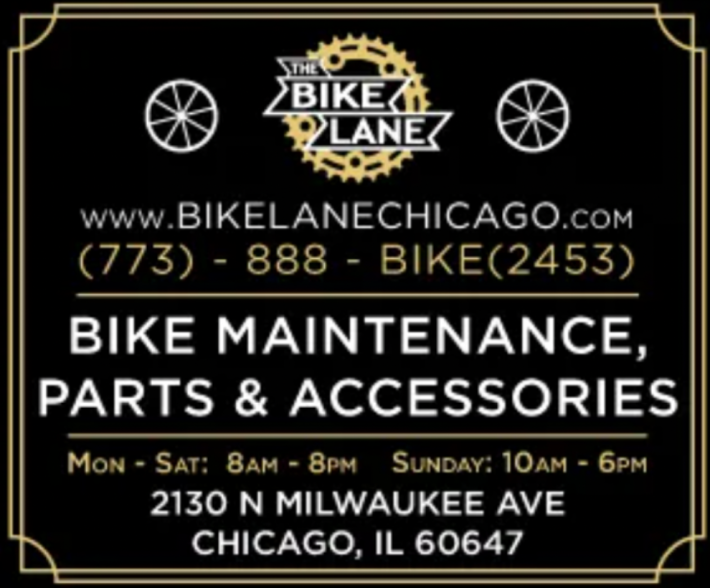
Earlier this year there was some pushback to the northbound concrete-protected bike lane the Chicago Department of Transportation installed on Dearborn Street (30 W.) on the Near North Side. The new bikeway takes you 0.7 miles from Kinzie Street (400 N.) to Walton Street (about 930 N.) The department also put in a non-protected bikeway between Walton and Division Street (1200 N.)

A little controversy was predictable because creating the protected bikeway involved converting one of the two northbound mixed-traffic lanes north of Chicago Avenue (800 W.). A neighbor insisted that the change was slowing down first responders on the relatively low-traffic street. But the Chicago Fire Department, which has a station nearby on Dearborn, told us they'd heard zero complaints from employees about the street redesign.
That controversy seems to have blown over after Streetsblog pointed out that, not only are the Dearborn PBLs not delaying first responders, but they're also reducing the need for ambulances by preventing crashes.
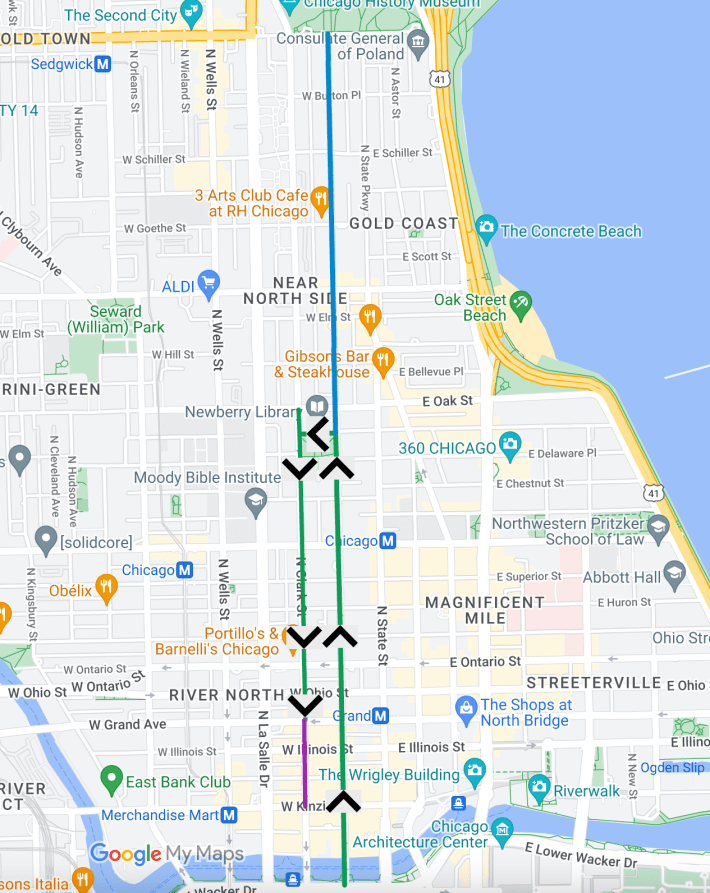
In other good Near North Side bikeway news, CDOT recently installed a similar, but all-green, southbound protected lane a block west of Dearborn on Clark Street (100 W.) Several local fans of UK Electropop artist Charli XCX have dubbed it the "brat lane" after the color and title of her new, chartreuse album.
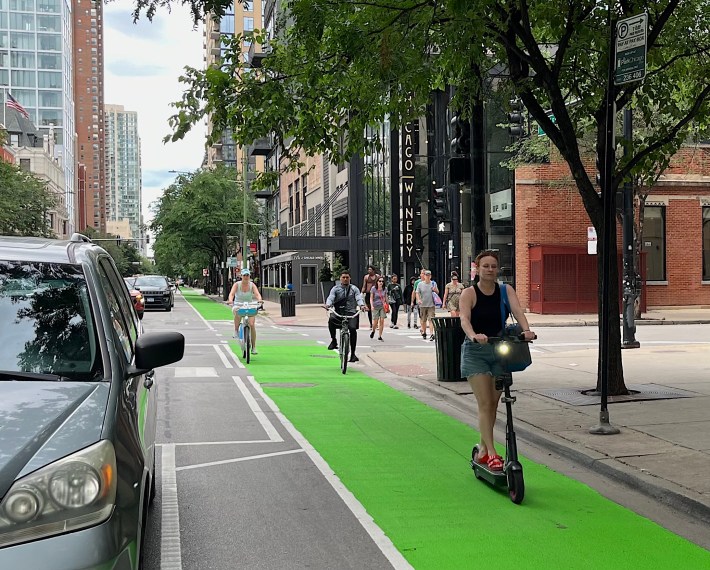
And CDOT recently installed a new half-mile of non-protected bikeway on a residential stretch of Dearborn between Division Street (1200 N.) and North Boulevard (1600 N.), in the Near North Side's ritzy Gold Coast district. It connects with the Lincoln Park green space at North, and the Latin School of Chicago is just west of that intersection. The department also added a couple of speed humps to calm traffic.
You'd think this stretch of Dearborn wouldn't be especially controversial, because there's no travel lane removal, and parking isn't affected. Heck, it's not even a full-fledged bike lane with solid stripes, but rather it's an "advisory lane," a dashed bikeway that motorists are legally allowed to drive in "when necessary".
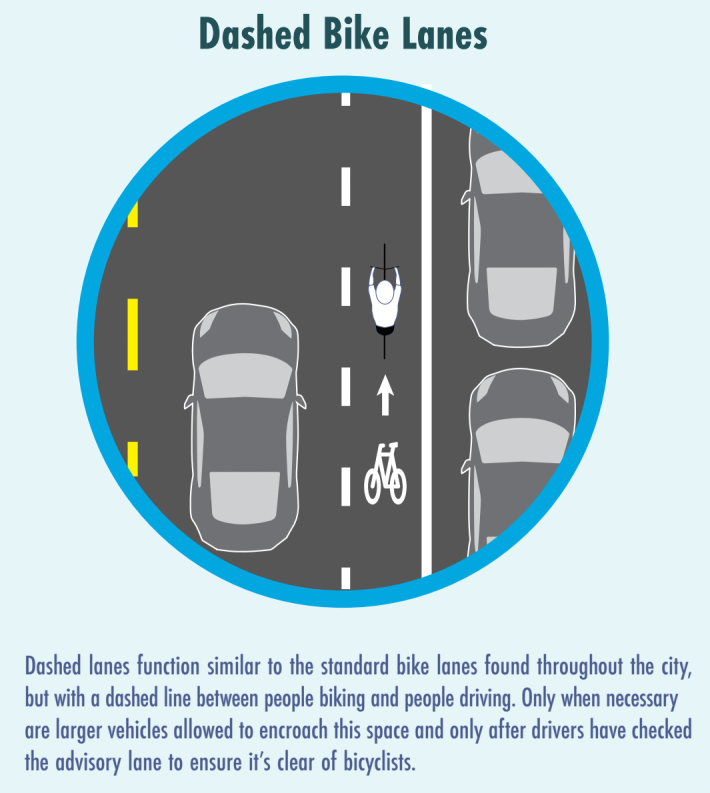
Unfortunately, even these relatively innocuous new advisory bike lanes on Dearborn have caused a tempest in a thermoplastic pot. On June 27, a reader tipped me off that "According to a post on Nextdoor (ugh), someone is claiming that on June 13th, Ald. Brian Hopkins (2nd) sent a letter to [CDOT Commissioner] Tom Carney requesting the removal of the new bike lanes on Dearborn between Division and North."
A few days after I shared that message with CDOT spokesperson Erica Schroeder, she replied, "Yes, I can confirm that is accurate." But it appeared that was all she was willing or able to disclose.
So I immediately submitted a Freedom of Information Act Request for Ald. Hopkins' letter and associated emails. CDOT fulfilled my request in an unusually swift six days. Read the letter in full here.
Ald. Hopkins started out his letter to Commissioner Carnery by praising some of the work on Dearborn. "CDOT is to be commended on recent substantial improvements relating to traffic calming and bike infrastructure on Dearborn Street and Parkway in my ward," he wrote. "A protected bike lane was installed from Chicago Avenue to Oak Street, which has had the desired effects of slowing vehicle traffic, shortening pedestrian crossings, and, of course, making the street safer for cyclists. From Division Street to North Boulevard, speed bumps were added, which is something for which my residents and I have been advocating for years, and they are very appreciated by most local residents."
But Ald. Hopkins said his constituents have told him that the recently added Dearborn advisory lanes "have proven to be very problematic and unsafe."
"Since being painted last week [the week of Monday, June 3] my office has taken dozens of complaints from condo associations, institutions like St. Chrysostom's Episcopal Church and School [1424 N.], individual residents, and even cyclists," Ald. Hopkins added. "Since the street is open to two-way vehicle traffic and now has advisory bike lanes with dashed lines on both sides, conflicts between motorists and cyclists and conflicts between motorists and oncoming motorists are regularly created."

"The street’s width only has one vehicle traffic lane between the advisory bike lanes In order for two vehicles traveling in opposite directions to pass each other, they must enter the bike lanes," Hopkins continued. "Most users are unsure of how the street is supposed to work because this is such an uncommon configuration, and that lack of understanding has created a dangerous situation."
He's right that a single mixed-traffic lane between two advisory lanes on a two-way street is a somewhat unusual layout, but it's certainly not unique. For example, the Leavitt Street Neighborhood Greenway (2200 W.), installed in summer 2023, includes the same configuration on a couple of stretches in the North Center community, which is somewhat less affluent than the Gold Coast.
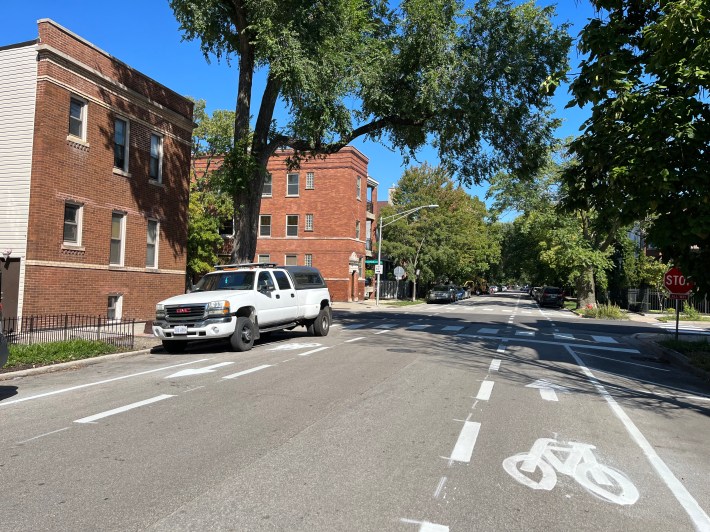
Although the Leavitt lanes have been painted for almost a year now, I've heard of zero complaints from neighbors that this setup is "problematic and unsafe."

And since at least July 2018, there have been advisory bike lanes on the Glenwood Avenue Greenway (1400 W.) in the economically diverse Edgewater neighborhood, between Devon (6400 N.) and Thome (6230 N) avenues. I haven't about any major complaints about them from drivers.
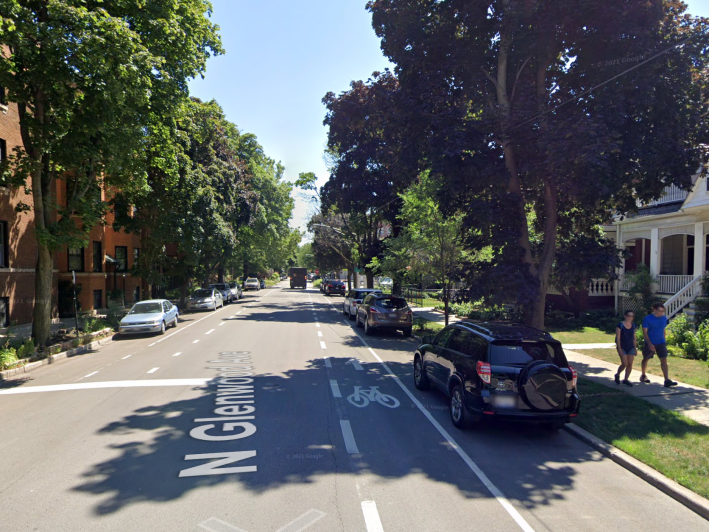
Here's yet another example of advisory bike lanes on Argyle Street (5000 N.), also in place since at least July 2018, between Sheridan Road (1000 W.) and Marine Drive (800 W.), in the diverse Uptown community. Again I haven't heard a peep from drivers calling this layout troublesome and dangerous.
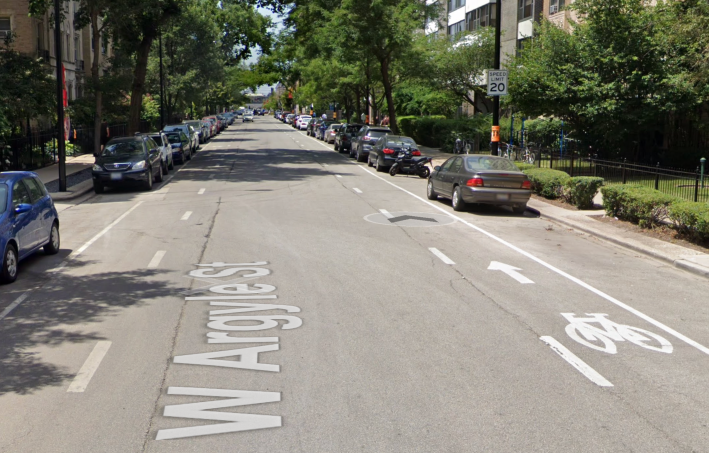
Moreover, if it's true that most Dearborn users in the Gold Coast are "unsure of how the street is supposed to work," that could be addressed by posting signs reading, "If bike lane is clear, drivers may enter it to pass oncoming vehicles." See exactly how that works in the video in the tweet below.
.@DearbornBikeLn has been extended north of division with fresh paint and new speed bumps. From Divison to Goethe, there is a single northbound painted lane. From Goethe to Burton, there are mixed shared dotted lanes. On the last block from Burton to North Ave, there are shared… pic.twitter.com/I1ar0F1Q1e
— Trent 🇺🇸 (@tnertz) June 4, 2024
"Therefore, I respectfully request the removal of the advisory bike lane paint between Division Street and North Boulevard," Hopkins concluded. "Shared lane arrows [aka 'sharrows,' bike-and-chevron street markings] are sufficient, especially given that there is a north-south bike lane on Clark Street less than one block west of this location. Those lanes connect to the currently under construction southbound protected bike lane on Clark Street and connect to the northbound protected bike lane on Dearborn Street via Oak Street."
The FOIAed documents show that after receiving the letter, Commissioner Carney responded to one of Hopkins' staff members on June 16. "I have cc'd relevant CDOT staff," Carney said. "We will review the attached [letter from Ald. Hopkins] and follow back up w/ your office."

The Dearborn advisory bike lanes are still in place as of today, almost a month after Carney sent that response. CDOT spokesperson Schroeder did not immediately respond to a request for an update sent late Friday afternoon, but I'll update this post if I hear back.
But another Streetsblog reader (a different person that the one who gave me the tip on Hopkins' letter), said the Dearborn advisory lanes have made his commute safer. "I ride this stretch of road northbound every day between 4:15 and 5 p.m." he wrote. "I've even been sideswiped on it by a driver on their phone. As a cyclist, I find the new setup to be a significant improvement. The markings, along with the speed bumps, have forced drivers to slow down and actually recognize cyclists, rather than use Dearborn as a cut-through instead of taking Clark."
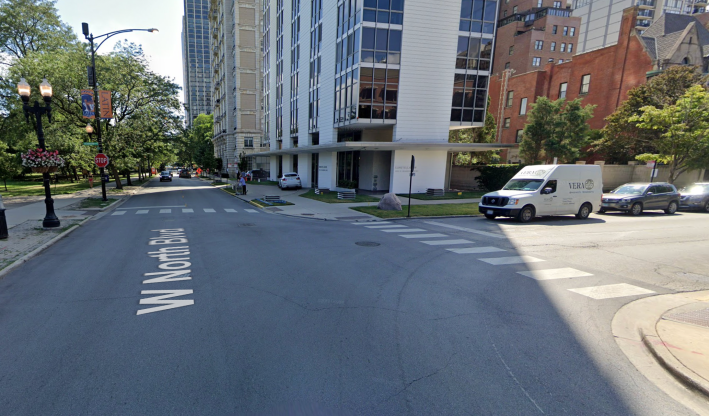
"Cyclists take this route northbound into Lincoln Park after the Dearborn PBL ends at Washington Square Park [at Walton] because it has great connections to the Lakefront Trail," the reader added. At North and Dearborn, it's only a two-block, relatively low-stress ride east to an LFT underpass. "And Dearborn doesn't dump you into the four-lane, zero-bike lanes hellscape that is Clark between North and Armitage [2000 N.] avenues."
Speaking of Clark, why is it still a high-speed 4-lane road between Armitage and North, passing by Lincoln Park and various attractions? Most of Clark elsewhere is 2 lanes plus turn lanes. It's way past time for for a 4 -> 3 conversion w/ protected bike lanes! @MichelleStenzel pic.twitter.com/doGqlK4KCs
— Streetsblog Chicago (@streetsblogchi) June 5, 2024
"The real issues with this stretch is double-parked delivery trucks and the block's long queue of SUV drivers that pick up at Latin School everyday," the reader concluded.
Again, this kind of advisory bike lane layout works fine in other parts of town. Hopefully that will prevent CDOT from caving in to grievances from residents of the Gold Coast, one of Chicago's most privileged neighborhoods.

Did you appreciate this post? Please consider making a tax-deductible donation, to help keep Streetsblog Chicago's sustainable transportation news and advocacy articles paywall-free.





